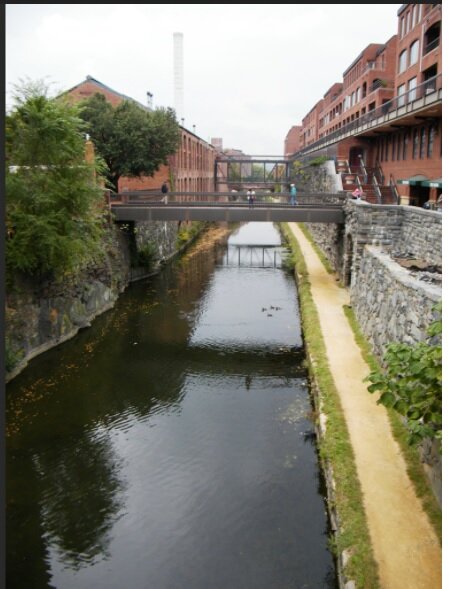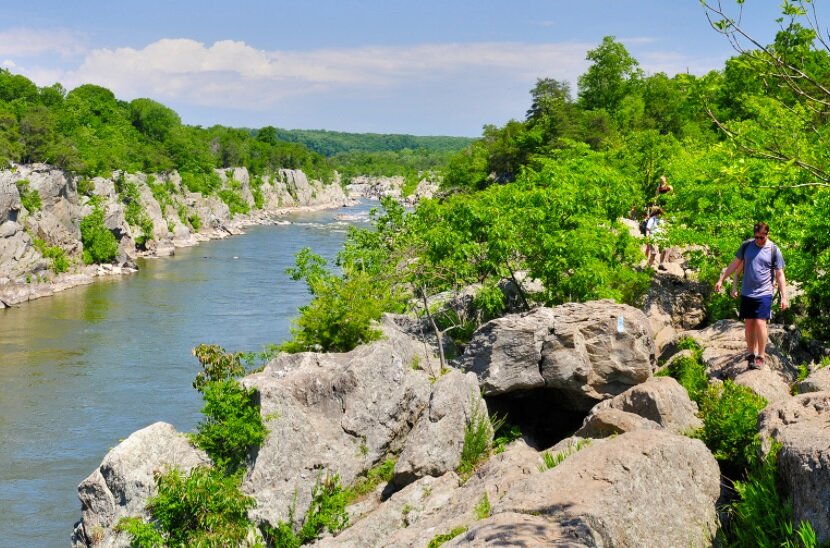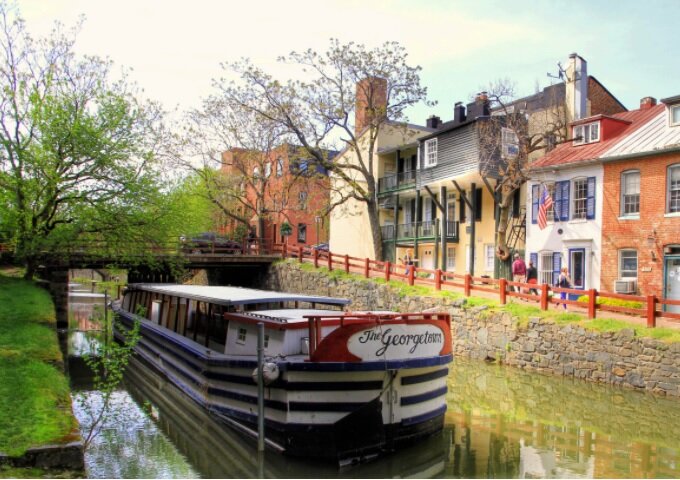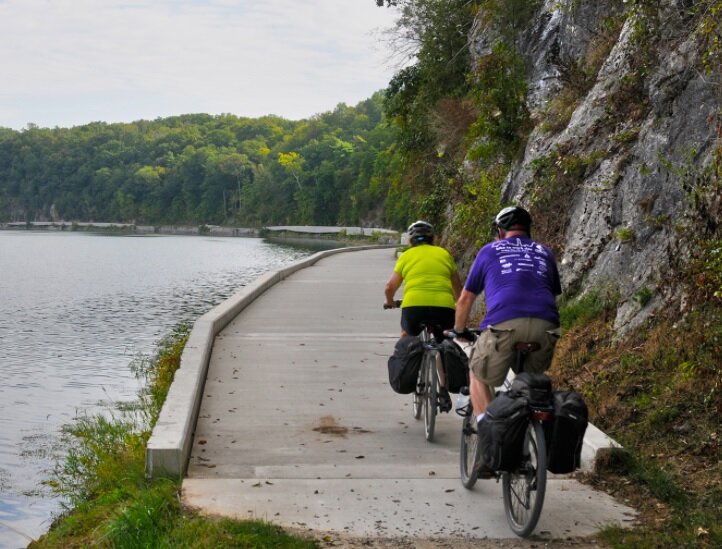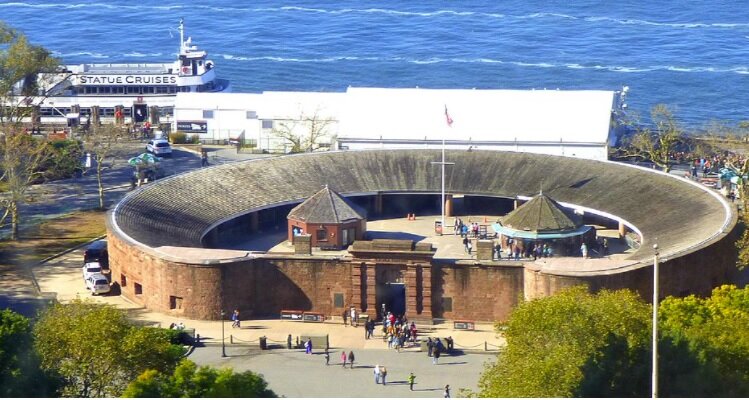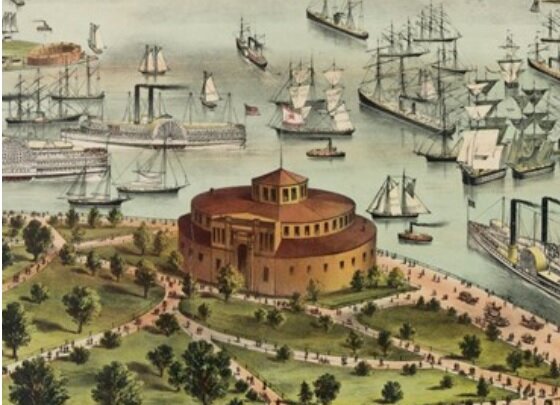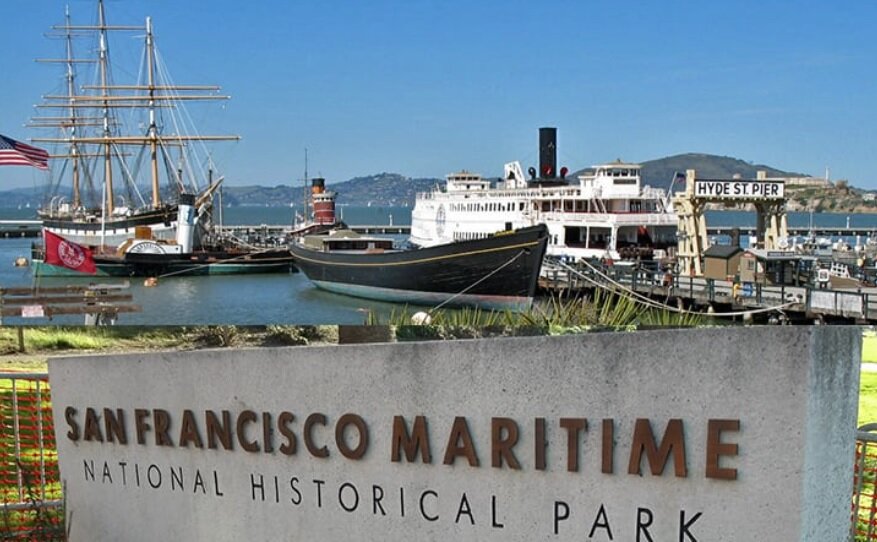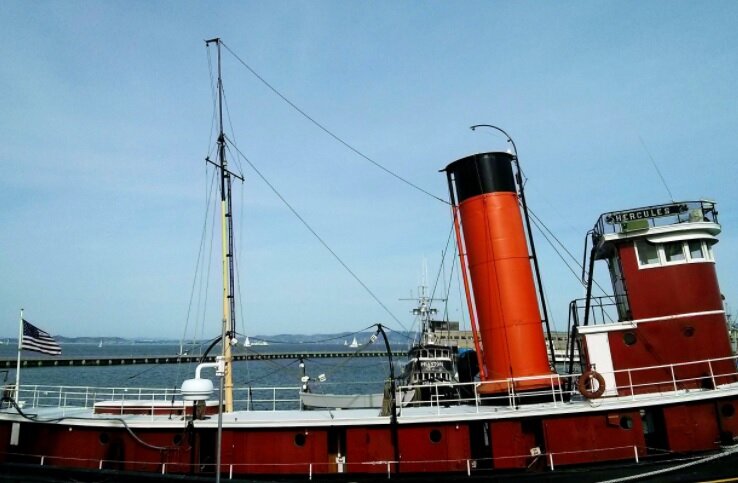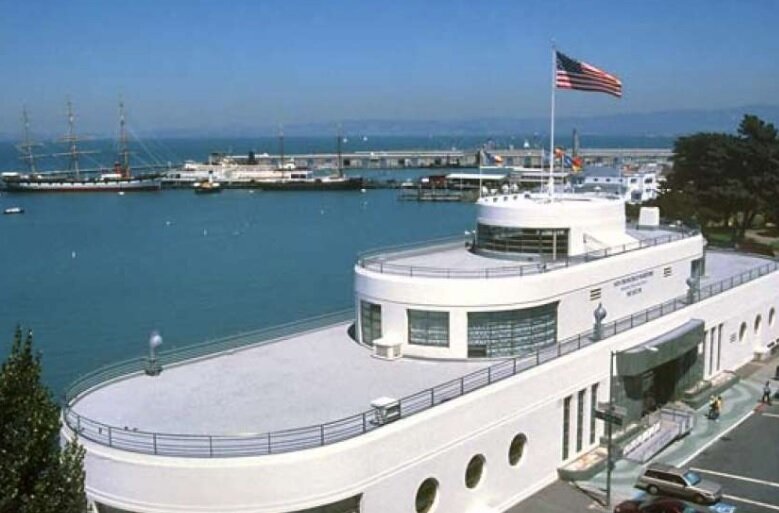National Park Service - Most Popular Historical Sites
The National Park Service (NPS) is more than just our National Parks. The NPS manages over 420 sites, 63 are National Parks. They can be broken into two major categories: parks of natural beauty and parks of historical value. First, we will take a look at the Parks honoring some aspect of our history.
Here is a list of the ten most visited historic sites, based on the number of visits in 2019 (the last full year pre-COVID)
Most of these are well-known. Three are a bit more obscure and are described below.
Chesapeake and Ohio Canal National Historical Park
Number two on the most-visited list of historical parks is the Chesapeake & Ohio Canal National Historical Park. In 1785, just two years after America won its freedom, George Washington lobbied to improve navigation on the Potomac River. At the time, rivers were the primary mode of transportation. He believed economic development and trade between the states would help bind the new country together. This project became the first multi-state collaboration in our history. George Washington was named President of the Potomac company. Its initial goal was to build bypasses around waterfalls on the river. The system took 17 years to become operational and was in constant financial difficulty until it went bankrupt.
In 1828, Congress passed a law authorizing the Chesapeake and Ohio Canal. The goal was to connect the Eastern Seaboard to the Ohio River. It never made it. In 1850, over 20 years later, the canal reached its furthest point, Cumberland, Maryland. Its length: 184 miles. By then, railroads had been invented and were heavily investing in new lines. The Baltimore and Ohio railroad became a strong competitor. The canal carried freight but lost money virtually every year it operated until its final bankruptcy and shut down in 1924. The canal was subsequently sold to the government for conversion into a park. It now offers various outdoor activities along its 184-mile length, including hiking, biking, and canal boat rides.
Castle Clinton
Before the War of 1812, tensions rose between the United States and Great Britain. The U.S. built forts for protection. One was built at the southern tip of Manhattan. The British never attacked New York during the War of 1812, and the fort never saw action. After the war, the fort was renamed Castle Clinton, in honor of the DeWitt Clinton, mayor of New York. From 1823 to 1854, the fort served as an entertainment center, including a restaurant and musical performances. It was then converted into an immigration center. Over eight million immigrants passed through the castle. By 1890, the government needed a better-equipped immigration facility and opened Ellis Island. The building was then remodeled into the New York City Aquarium, opening in 1896. The aquarium relocated to Coney Island (Brooklyn) in 1941. Castle Clinton then reopened in 1975 as a National Monument. The visitor count is high because the Statue of Liberty ticket office is located inside of Castle Clinton.
San Francisco Maritime National Historical Park
Near San Francisco’s major tourist attractions of Fisherman’s Wharf and Pier 39 sits the San Francisco Maritime National Park. In between eating seafood, Ghiradelli chocolate, and watching the sea lions, sightseers visit this park. The park contains a variety of exhibits taking you through the history of San Francisco’s waterfront. This park certainly supports the real estate mantra of ‘location, location, location.’
NPS System Map
In the next post, we’ll continue looking at the National Park System. In the meantime, you can use the following map to explore the NPS.
Use the filter checkboxes at the bottom to display different types of parks. (clicking on the three dots will bring up additional choices). Hover over the markers to get the name of the park. And click on the markers to get links to the park’s website.


